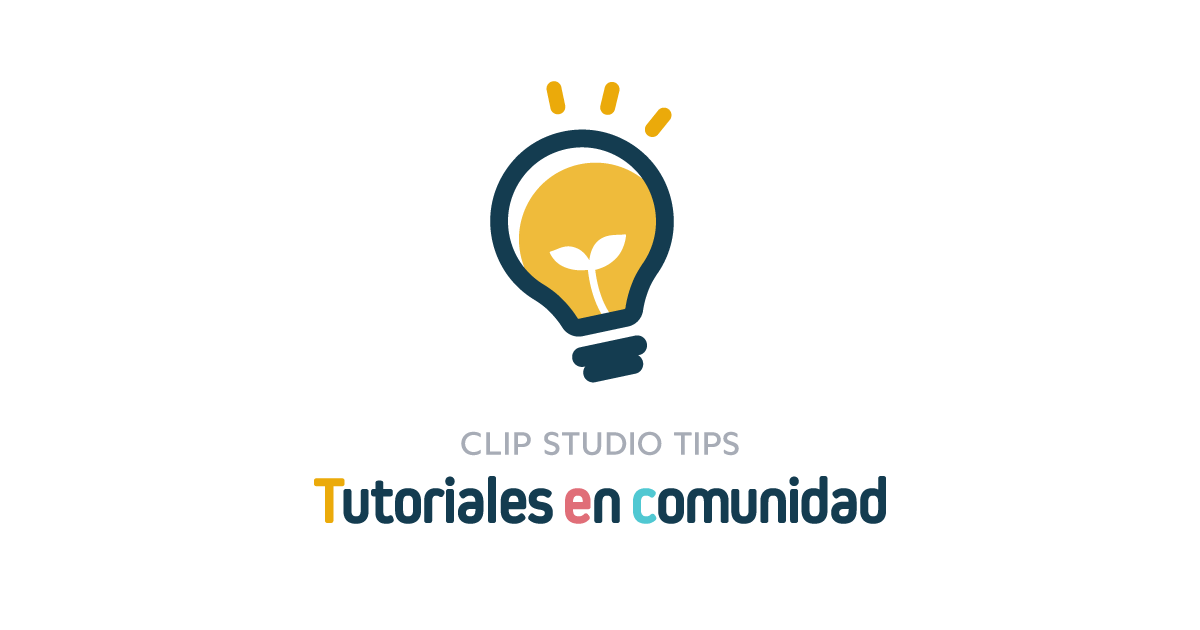What Does This Mode Do
A La Mode
Just about any illustration software has blending modes, even that good ol openCanavas1.1 with its three layer modes.
Different software may have different Mode packages, so it's vital you get familiar with what your layer Modes can do for you. There will be a degree of experience with Modes expected in order to attain a practical and efficient strategy. There is always learning to do and never stop exploring.
The Modes presented in this Tips tutorial will focus on what is available in ClipStudioPaint. Regardless, most of these modes will likely be available in what software you currently use.
Mode to Joy
To break it down, Mode indicates how light or shade of the contents of the layer behaves within the file. Working with light is studied in its RGB (Red Green Blue) values, which you can find in projectors and various types of lighting, we add light. Shade is how traditional mediums work, we are always adding material that will absorb light, so we study the ink values of CMY (Cyan Magenta Yellow).
Let's look at the hexadecimal values of the colours in our pallet. Hex values are always coded in RRGGBB. Red comes out as FF0000, this means it takes the full value of red light and zero value of blue or green light. Green is 00FF00 and Blue is 0000FF. Same story.
Magenta in full light is FF00FF, this means it has the full value of both the red and the blue light together. Yellow is FFFF00, it has Full Red, Full Green and zero Blue. Cyan has 00FFFF, Full Green, Full Blue and zero Red. So all together as FFFFFF, we have white (all three lights) and 000000 we have black (no lights)
Layers that Subtract absorb the light and will reflect the light the colour hasn't absorbed.
The basic Modes to understand apart from Normal are Multiply, Screen, Add, Subtract, Darken and Lighten.
Subtract and Darken work similarly where as Subtract is subject to light and what we remove from light, like turning off the red light in white light gives us only cyan light.
This is but a small sampling of most of the Blending Modes available, yet warrant the close attention. Some difference are subtle, but those nuances have value.
The sample includes a solid semi saturated pink, a flat gradient from black to white and a pink gradient to transparent.
Ways to Colour
After a full year of rendering in black and white, this author had taken up exploring various methods of colouring. From treating a single layer as the canvas to staging an orchestra of groups and layers overlapping colour on rending or vice versa.
After doing black and white rendering and applying colour over in hard light mode, previewing the tonal contrast can be done by collecting the layers into a folder and setting the Layer Colour of the whole group to Black and White. There is a stark difference between desaturation and grey saturation.
As it can be see here, when a layer is desaturated by tonal editing, all hues on the colour circle become the same tonal value when the reality is that this isn't the true tonal values of colour. The tonal values of the colour wheel vary, yellow being the lightest and ultramarine being the darkest.
Make use of setting your layer or folder to either have 'Layer Color' set to black and white or by having a grey colour set to hue, color or saturation and they will all give the same effect.
Now is the part where you dive in, make a mess and play around with your Layer Blending Modes. The learning isn't instantaneous, so keep exploring and experimenting.
Remember to keep having fun too.















Comentario